Tomb 7, Monte Alban
By Geoffrey McCafferty (2010)
Tomb 7 at Monte Alban is one of the richest burial contexts ever encountered from pre-Columbian Mesoamerica. It was discovered by the great Mexican archaeologist Alfonso Caso in 1931, and it quickly became famous through popular publications such as National Geographic. In 1969 Caso published the definitive work on the tomb in his "El Tesoro de Monte Alban", which catalogued the hundreds of exotic objects of precious materials. Of particular interest, especially to Caso, were 34 carved bone objects decorated in Mixtec-style iconography.
While investigating archaeological evidence of spinning and weaving, Sharisse and I encountered a description of ceramic spindle whorls that had been found in Tomb 7 (Fig. 1). Additional artifacts from the tomb also correspond to spinning and weaving tools, including small spinning bowls made of onyx and crystal, and the carved bones that may have served as effigy weaving picks and battens (Figs. 2 and 3)

Figure 1: Spindle whorls from Tomb 7

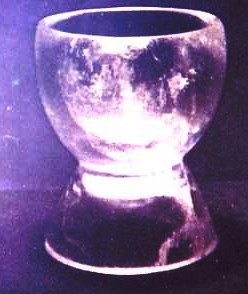
Figure 2: Onyx and crystal spinning bowls

Figure 3: Carved bone battens from Tomb 7
Thus although prevoius interpretations of the tomb context had not featured an engendered perspective, we were able to recognize a nearly complete 'weaving kit' similar to that described and illustrated by Sahagun for female identity at the bathing ceremony, during which the mother and midwife present the infant with symbols of her future identity: a huipil (upper body garment), a loom, spindle with whorls and unspun fiber, and a small spinning bowl (Fig. 4).

Figure 4: Bathing scene and presentation of gendered items for boys (above) and girls (below)
With this strong association with female tasks, the next step was to re-evaluate the context of the tomb itself, and the biological assessment of the sex of the individuals. Tomb 7 was first constructed in the Late Classic period, beneath the patio of an elite residence just north of the main acropolis (Fig. 5). Several hundred years after its abandonment, the building was re-used as a temple. At that time the tomb was re-entered through the roof, and a new layer of deposition was placed over the original floor. This included nine skeletons, about 500 grave offerings, and a small altar upon which was placed a human skull covered with mosaic plaques of turquoise and shell (Fig. 6). The majority of the skeletal remains were disturbed, although there was enough evidence of articulation to indicate that they had originally been primary interrments. The most complete skeleton was identified as Individual A, and was in a flexed, seated position (Fig. 7). The majority of the grave offerings were found in association with Individual A.
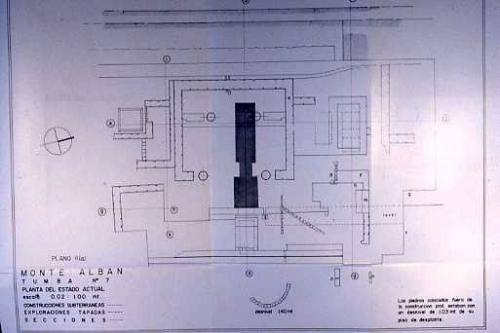
Figure 5. Location of Tomb 7 beneath the patio of residential structure
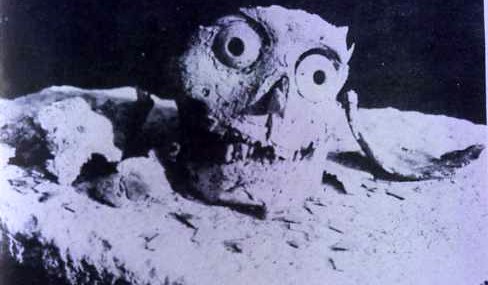
Figure 6: Skull censer on altar
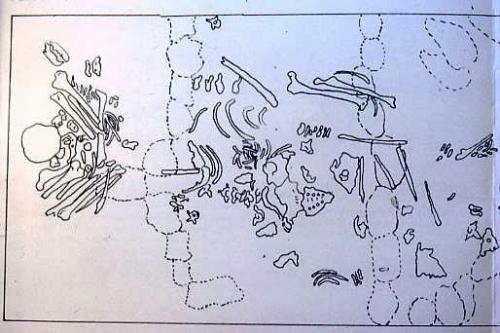
Figure 7: West chamber of Tomb 7, with Individual A (left) and disturbed burials
As the individual most strong associated with the spinning and weaving tools, it was surprising that the initial osteological analysis had identified this individual as having been biologically male. When we compared this interpretation to the anatomical remains, it was even more puzzling. None of the bones typically used for sexing were present (Fig. 8), yet the physical anthropologist, Daniel Rubin de la Borbolla, had assigned male sex to every bone present, including rib fragments and phalanges. In fact, nothing that could be unambiguously sexed as male was present in Individual A. Instead, a mandible found in the correct anatomical position was identified as female (in the general inventory of skeletal remains), but was omitted from the specific inventory for Individual A. This suggests that a biological sex of female was more likely, though a thorough revision of the skeletal remains, including DNA testing, would be informative.
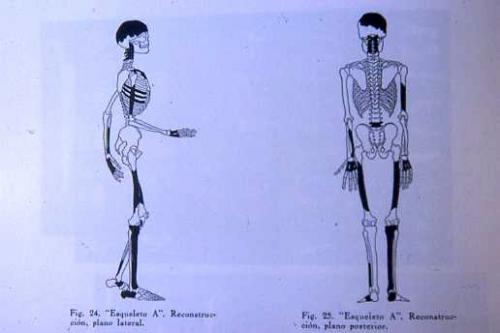
Figure 8: Individual A skeletal remains (note omitted mandible)
With the strong material evidence for a female gender identity, and the suggestive evidence that Individual A was mis-identified and may actually have been female, Tomb 7 can now be reinterpreted. We suggest that it served as a shrine dedicated to a member of the earth/fertility complex, and was sequentially re-visited by petitioners seeking oracular knowledge. This interpretation is informed by information in the Mixtec codices as well as other pre-Columbian and early Colonial pictorial manuscripts. For example, in the Codex Selden petitioners consult with Lady 9 Grass at Temple of Skull (Fig. 9). Yhe presence of a skeletal buccal mask is consistent with other members of the earth/fertility complex, such as the Aztec goddess Cihuacoatl (Fig. 10). Seven human mandibles were found in the tomb, painted red and perforated for suspension, in the vicinity of the mosaic skull on the altar. The representation of a deity with a buccal mask was found in the tomb itself, on a gold pectoral that has previously been identified as the male god of death, Mictlantecuhtli, though lacking any diagnostic male attributes, and wearing a headdress similar one worn by female supernaturals in the Mixtec codices (Fig. 11). The prominence of 34 carved bone weaving tools, including mosaic inlaid battens, is also consistent with objects associated with Cihuacoatl, as are obsidian earspools that are specifically part of her costume (Fig. 12).

Figure 9: Lady 9 Grass in front of Temple of Skull
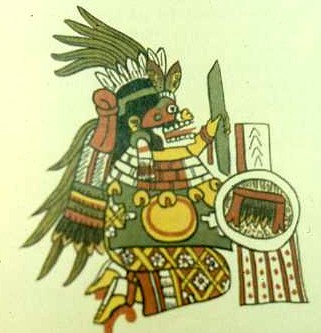
Figure 10: Goddess Cihuacoatl with weaving batten
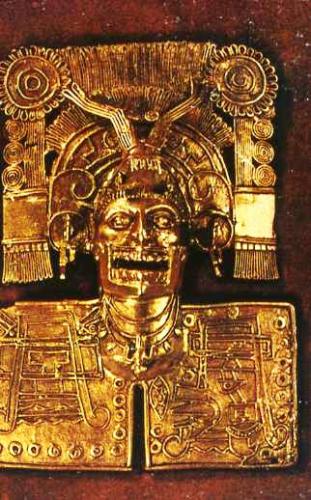
Figure 11: Gold pectoral of figure with buccal mask and elaborate headdress

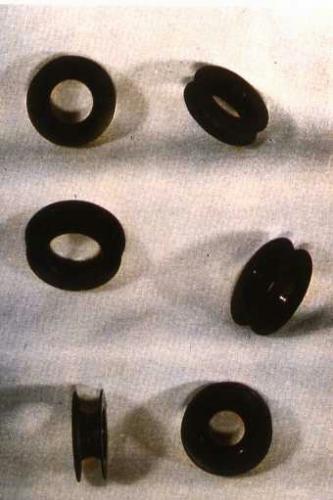
Figure 12: Inlaid weaving tools and obsidian ear spools from Tomb 7
In summary, we have interpreted Tomb 7 as a shrine dedicated to an important aspect of the earth/fertility complex, probably affiliated with the Mixtec goddess 9 Grass or the Zapotec parallel. Petitioners would have entered the shrine to make offerings to the wrapped bundle representing the deity, similar to bundle offerings depicted in the Codex Selden (Fig. 13). Costume elements and spinning and weaving tools symbolic of the goddess' association with female practice and, metaphorically, with female fertility, were left as offerings. This 're-spinning' of the symbolic significance of Tomb 7 places one of the richest offerings in Mesoamerican history within the sphere of female power, and was one of the first attempts to engender the ancient Mesoamerican past.

Figure 13: Lady 9 Wind offering incense to bundle at temple

